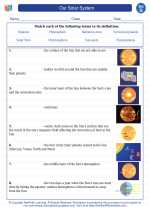Uranus
Overview
Uranus is the seventh planet from the Sun and is considered an ice giant. It is the third-largest planet in our solar system and is unique for its sideways rotation, which causes it to appear to roll on its side as it orbits the Sun.
Physical Characteristics
- Diameter: Approximately 50,724 kilometers
- Atmosphere: Composed primarily of hydrogen and helium, with traces of methane
- Magnetic Field: Unlike Earth, Uranus has a highly tilted magnetic field, which is believed to be the result of an impact with a planet-sized body early in its history
- Rings: Uranus has a system of 13 faint rings, which were first discovered in 1977
- Moons: Uranus has 27 known moons, with the five largest being Miranda, Ariel, Umbriel, Titania, and Oberon
Orbit and Rotation
Uranus has a highly inclined orbit, which means it essentially orbits the Sun on its side. This results in extreme seasonal variations, with each pole experiencing 42 years of continuous sunlight followed by 42 years of darkness.
Discovery and Exploration
Uranus was discovered by Sir William Herschel in 1781, making it the first planet to be discovered with a telescope. In 1986, the Voyager 2 spacecraft flew by Uranus, providing the first close-up images and data of the planet and its moons.
Study Tips
1. Visualize the Tilt: Use diagrams or animations to understand how Uranus's unique tilt affects its orbit and seasons.
2. Compare with Other Planets: Compare and contrast Uranus with other gas giants like Jupiter and Saturn to understand its unique characteristics.
3. Focus on Moons: Explore the features and characteristics of Uranus's moons, particularly the five largest ones.
4. Create a Timeline: Create a timeline of key events in the discovery and exploration of Uranus to better understand its place in scientific history.
[Uranus] Related Worksheets and Study Guides:
.◂Science Worksheets and Study Guides Seventh Grade. Our Solar System

 Activity Lesson
Activity Lesson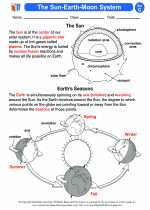
 Activity Lesson
Activity Lesson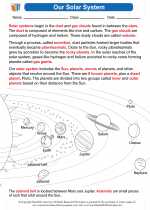
 Worksheet/Answer key
Worksheet/Answer key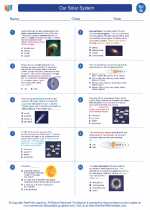
 Worksheet/Answer key
Worksheet/Answer key
 Worksheet/Answer key
Worksheet/Answer key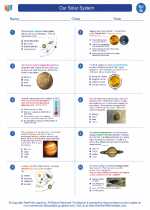
 Worksheet/Answer key
Worksheet/Answer key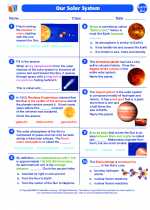
 Vocabulary/Answer key
Vocabulary/Answer key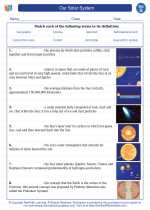
 Vocabulary/Answer key
Vocabulary/Answer key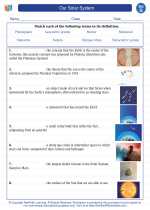
 Vocabulary/Answer key
Vocabulary/Answer key